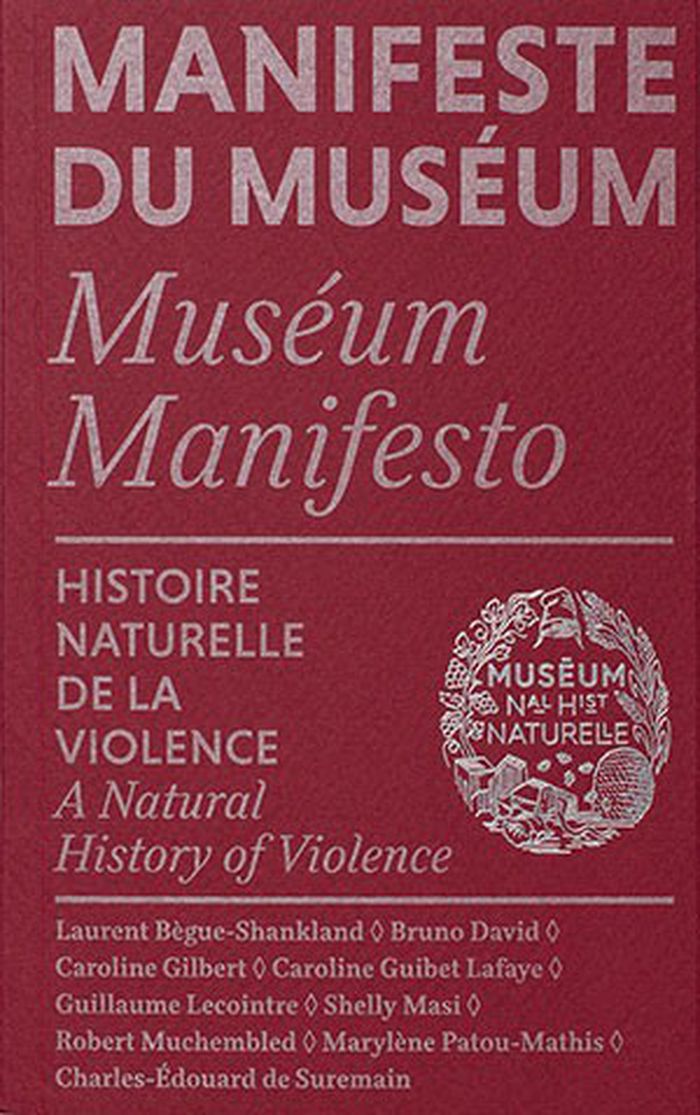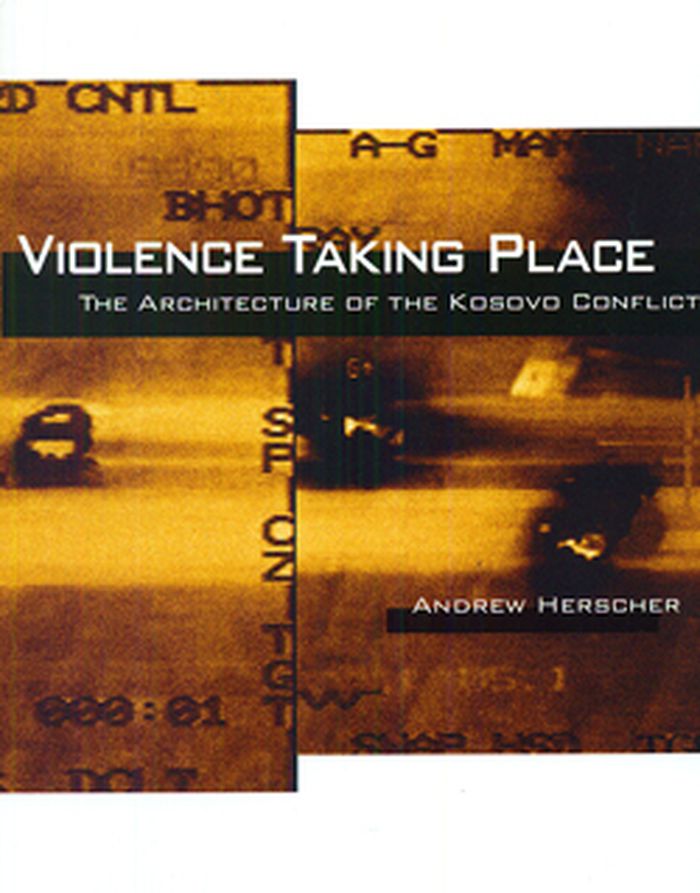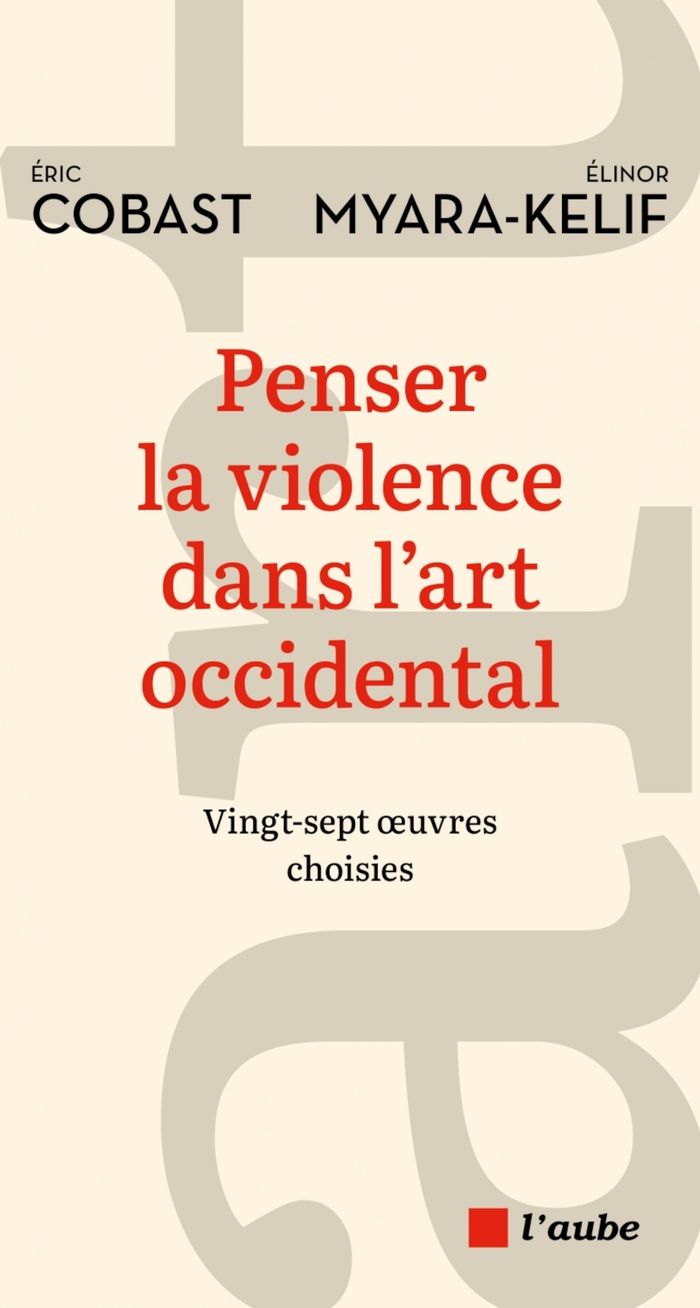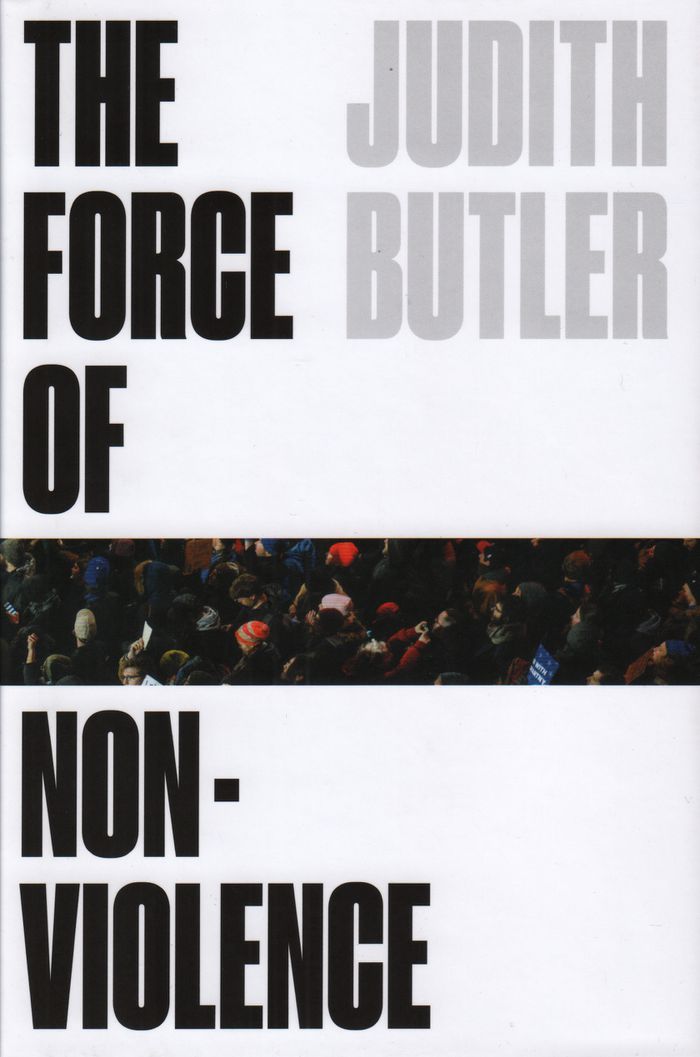périodiques
Derrida today.
Description:
1 online resource
Edinburgh : Edinburgh University Press, 2008-
périodiques
Edinburgh : Edinburgh University Press, 2008-
livres
$27.95
(disponible sur commande)
Résumé:
The violence wrought by climate change, toxic drift, deforestation, oil spills, and the environmental aftermath of war takes place gradually and often invisibly. Using the innovative concept of “slow violence” to describe these threats, Rob Nixon focuses on the inattention we have paid to the attritional lethality of many environmental crises, in contrast with the(...)
Slow violence and the environmentalism of the poor
Actions:
Prix:
$27.95
(disponible sur commande)
Résumé:
The violence wrought by climate change, toxic drift, deforestation, oil spills, and the environmental aftermath of war takes place gradually and often invisibly. Using the innovative concept of “slow violence” to describe these threats, Rob Nixon focuses on the inattention we have paid to the attritional lethality of many environmental crises, in contrast with the sensational, spectacle-driven messaging that impels public activism today. Slow violence, because it is so readily ignored by a hard-charging capitalism, exacerbates the vulnerability of ecosystems and of people who are poor, disempowered, and often involuntarily displaced, while fueling social conflicts that arise from desperation as life-sustaining conditions erode.
livres
mars 2013
livres
Description:
251 pages : chiefly color illustrations ; 25 cm
[Paris] : Éditions des Cendres : Cité de l'architecture et du patrimoine, [2012]
L'école de Chaillot : une aventure des savoirs et des pratiques (architecture & patrimoine) / Florence Contenay, Benjamin Mouton, Jean-Marie Pérouse de Montclos ; avec les participations de Mireille Grubert & Chéhrazade Nafa.
Actions:
Exemplaires:
Description:
251 pages : chiefly color illustrations ; 25 cm
livres
[Paris] : Éditions des Cendres : Cité de l'architecture et du patrimoine, [2012]
livres
Description:
4 volumes (103 pages, 164 unnumbered pages, 28 pages, 136 unnumbered pages) : illustrations (some color), maps, portraits ; 28 cm
Göttingen : Steidl, 2015.
Erasure : the erasure trilogy / Fazal Sheikh.
Actions:
Exemplaires:
Description:
4 volumes (103 pages, 164 unnumbered pages, 28 pages, 136 unnumbered pages) : illustrations (some color), maps, portraits ; 28 cm
livres
Göttingen : Steidl, 2015.
livres
Description:
448 pages : illustrations ; 26 cm
London : Black Dog Pub., ©2007.
The strange death of architectural criticism : Martin Pawley collected writings / edited by David Jenkins ; foreword by Norman Foster.
Actions:
Exemplaires:
Description:
448 pages : illustrations ; 26 cm
livres
London : Black Dog Pub., ©2007.
$13.95
(disponible sur commande)
Résumé:
Dans la continuité des précédents manifestes, le Muséum réunit un comité d’experts sur un sujet précis. Ici, anthropologue, éco-éthologue, primatologue, psychologue, sociologue, historien, etc., sont convoqués autour d’un même objectif : expliquer ce que recouvre le terme de violence, comprendre ses origines, mais aussi analyser les causes de ses multiples formes en(...)
Manifeste du muséum : Histoire naturelle de la violence
Actions:
Prix:
$13.95
(disponible sur commande)
Résumé:
Dans la continuité des précédents manifestes, le Muséum réunit un comité d’experts sur un sujet précis. Ici, anthropologue, éco-éthologue, primatologue, psychologue, sociologue, historien, etc., sont convoqués autour d’un même objectif : expliquer ce que recouvre le terme de violence, comprendre ses origines, mais aussi analyser les causes de ses multiples formes en s’appuyant sur des faits scientifiques. Cette approche pluridisciplinaire permet d'affirmer que nos sociétés européennes de ce début de XXIe siècle n’ont jamais été aussi pacifistes, malgré le sentiment généralisé de vivre dans un monde violent.
Théorie/ philosophie
$24.95
(disponible sur commande)
Résumé:
While the construction of architecture has a place in architectural discourse, its destruction, generally seen as incompatible with the very idea of "culture," has been neglected in theoretical and historical discussion. Responding to this neglect, Herscher examines the case of the former Yugoslavia and in particular, Kosovo, where targeting architecture has been a(...)
Violence taking place: the architecture of the Kosovo conflict
Actions:
Prix:
$24.95
(disponible sur commande)
Résumé:
While the construction of architecture has a place in architectural discourse, its destruction, generally seen as incompatible with the very idea of "culture," has been neglected in theoretical and historical discussion. Responding to this neglect, Herscher examines the case of the former Yugoslavia and in particular, Kosovo, where targeting architecture has been a prominent dimension of political violence. Focusing on the particular sites where violence is inflicted and where its subjects and objects are articulated, the book traces the intersection of violence and architecture from socialist modernization, through ethnic and nationalist conflict, to postwar reconstruction.
Théorie de l’architecture
livres
Description:
261 pages : color illustrations, portraits ; 32 cm
[Paris] : Loco, [2021], ©2021
Discover = 发现 / photographies, François Daireaux ; textes, Emmanuel Lincot. Discover = Fa xian / photographies, François Daireaux ; textes, Emmanuel Lincot.
Actions:
Exemplaires:
Description:
261 pages : color illustrations, portraits ; 32 cm
livres
[Paris] : Loco, [2021], ©2021
$30.95
(disponible sur commande)
Résumé:
Ce livre trace un chemin artistique qui mène à une thématique philosophique en prise avec notre réalité. Il parle de la violence, notion qui s’invite tragiquement dans le fil de notre actualité faite de conflits, d’émeutes, de discriminations, de rapports de force. L’œuvre d’art est alors, selon les auteurs, une porte d’entrée dans la réflexion, une fenêtre ouverte sur la(...)
Penser la violence dans l'art occidental
Actions:
Prix:
$30.95
(disponible sur commande)
Résumé:
Ce livre trace un chemin artistique qui mène à une thématique philosophique en prise avec notre réalité. Il parle de la violence, notion qui s’invite tragiquement dans le fil de notre actualité faite de conflits, d’émeutes, de discriminations, de rapports de force. L’œuvre d’art est alors, selon les auteurs, une porte d’entrée dans la réflexion, une fenêtre ouverte sur la discussion. Dans cette argumentation, l’œuvre est bien davantage qu’un marqueur culturel, elle capte l’attention, fait sensation, donne à sentir, ressentir ce qui est à penser, en un mot elle est exemplaire. Ce parcours valorise, en quelques chapitres, plus d’une vingtaine d’œuvres livrées au regard croisé de l’historienne de l’art et du philosophe.
Théorie de l’art
$33.95
(disponible sur commande)
Résumé:
Judith Butler’s new book shows how an ethic of nonviolence must be connected to a broader political struggle for social equality. Further, it argues that nonviolence is often misunderstood as a passive practice that emanates from a calm region of the soul, or as an individualist ethical relation to existing forms of power. But, in fact, nonviolence is an ethical position(...)
The force of non violence: the ethical in the political
Actions:
Prix:
$33.95
(disponible sur commande)
Résumé:
Judith Butler’s new book shows how an ethic of nonviolence must be connected to a broader political struggle for social equality. Further, it argues that nonviolence is often misunderstood as a passive practice that emanates from a calm region of the soul, or as an individualist ethical relation to existing forms of power. But, in fact, nonviolence is an ethical position found in the midst of the political field. An aggressive form of nonviolence accepts that hostility is part of our psychic constitution, but values ambivalence as a way of checking the conversion of aggression into violence. One contemporary challenge to a politics of nonviolence points out that there is a difference of opinion on what counts as violence and nonviolence. The distinction between them can be mobilized in the service of ratifying the state’s monopoly on violence. Considering nonviolence as an ethical problem within a political philosophy requires a critique of individualism as well as an understanding of the psychosocial dimensions of violence. Butler draws upon Foucault, Fanon, Freud, and Benjamin to consider how the interdiction against violence fails to include lives regarded as ungrievable. By considering how “racial phantasms” inform justifications of state and administrative violence, Butler tracks how violence is often attributed to those who are most severely exposed to its lethal effects. The struggle for nonviolence is found in movements for social transformation that reframe the grievability of lives in light of social equality and whose ethical claims follow from an insight into the interdependency of life as the basis of social and political equality.
Social



